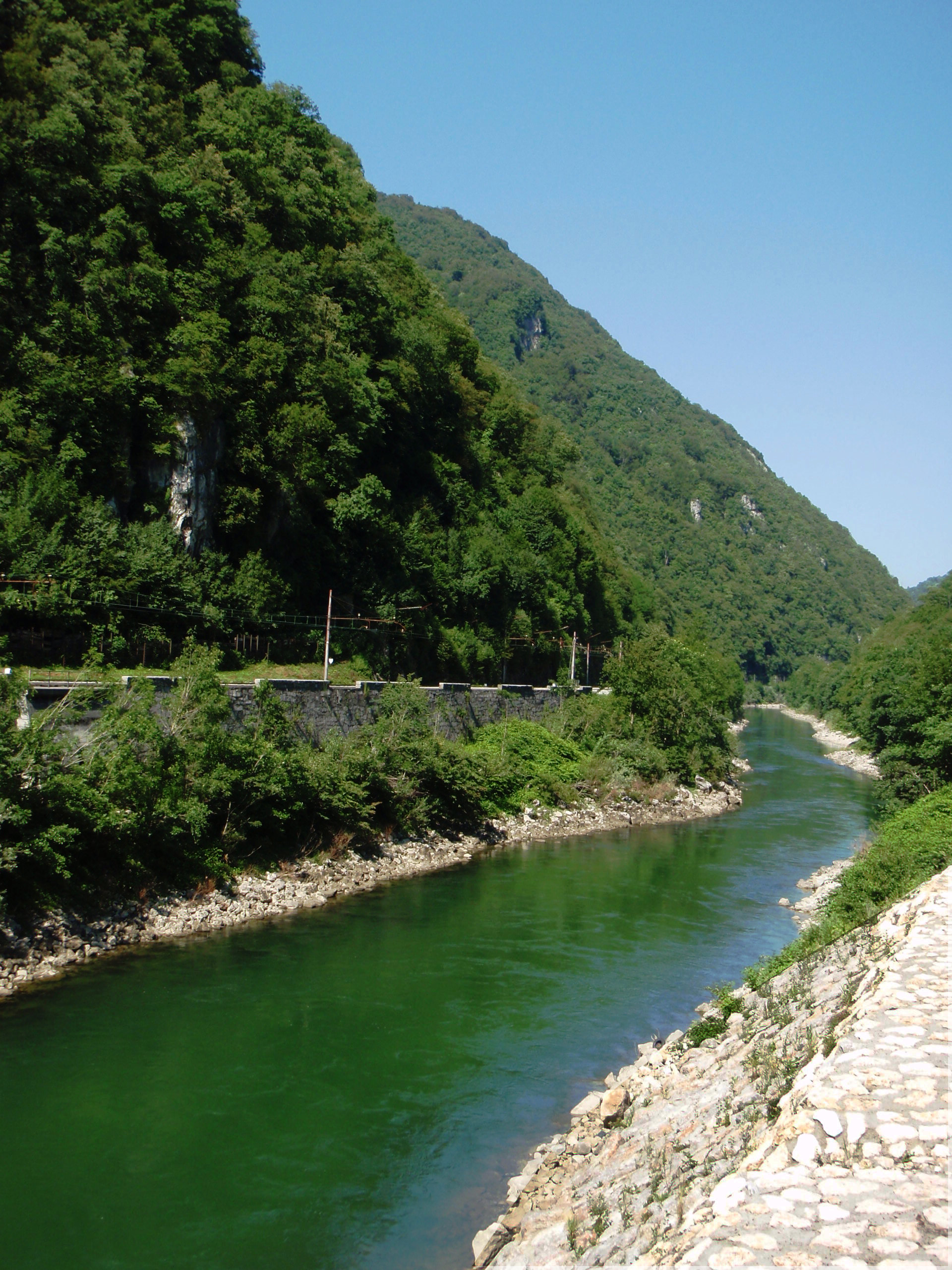Central Sava Valley on:
[Wikipedia]
[Google]
[Amazon]

 The Central Sava Valley () is a valley in the
The Central Sava Valley () is a valley in the

 The Central Sava Valley () is a valley in the
The Central Sava Valley () is a valley in the Sava Hills
The Sava Hills () are the eastern part of the Slovene Prealps. They are oriented in the east-west direction and are located to the north and south of the Sava River in central and eastern Slovenia, among the Ljubljana Basin to the west, the Ce ...
and a geographic region along the Sava
The Sava, is a river in Central Europe, Central and Southeast Europe, a right-bank and the longest tributary of the Danube. From its source in Slovenia it flows through Croatia and along its border with Bosnia and Herzegovina, and finally reac ...
in central Slovenia
Slovenia, officially the Republic of Slovenia, is a country in Central Europe. It borders Italy to the west, Austria to the north, Hungary to the northeast, Croatia to the south and southeast, and a short (46.6 km) coastline within the Adriati ...
, now constituting the Central Sava Statistical Region
The Central Sava Statistical RegionBoršič, Darja, & Alenka Kavkler. 2009. Modeling Unemployment Duration in Slovenia Using Cox Regression Models. ''Transition Studies Review'' 54(1): 145–156, p. 148. () is a statistical region in Slovenia. T ...
. The region consists of three municipalities: Zagorje ob Savi, Trbovlje
Trbovlje (; ''Leksikon občin kraljestev in dežel zastopanih v državnem zboru,'' vol. 4: ''Štajersko''. 1904. Vienna: C. Kr. Dvorna in Državna Tiskarna, p. 58.) is Slovenia's eleventh-largest town, located in the traditional province of Styria ...
, and Hrastnik. Several coal mines operated in the Central Sava Valley, although all except the Trbovlje–Hrastnik Mine are now defunct. It is surrounded by the Sava Hills
The Sava Hills () are the eastern part of the Slovene Prealps. They are oriented in the east-west direction and are located to the north and south of the Sava River in central and eastern Slovenia, among the Ljubljana Basin to the west, the Ce ...
, with Kum () on the right side of the Sava and Black Peak () on at the left side of the Sava, as its highest peaks.
History
The Slovene term ''Zasavje'' for this area is a recent coinageVrišer, Igor. 1963. ''Rudarska mesta Zagorje, Trbovlje, Hrastnik''. Ljubljana: Slovenska Matica, p. 13 that did not come into general use until the 1920s, with the western part of the region being part ofCarniola
Carniola ( ; ; ; ) is a historical region that comprised parts of present-day Slovenia. Although as a whole it does not exist anymore, Slovenes living within the former borders of the region still tend to identify with its traditional parts Upp ...
() and its eastern part (Trbovlje and Hrastnik) belonging to Styria
Styria ( ; ; ; ) is an Austrian Federal states of Austria, state in the southeast of the country. With an area of approximately , Styria is Austria's second largest state, after Lower Austria. It is bordered to the south by Slovenia, and cloc ...
(). Due to its coalmining tradition, it was one of the first regions in today's Slovenia to be industrialized in the 19th century. Construction of the Austrian Southern Railway, which led from Vienna
Vienna ( ; ; ) is the capital city, capital, List of largest cities in Austria, most populous city, and one of Federal states of Austria, nine federal states of Austria. It is Austria's primate city, with just over two million inhabitants. ...
to Trieste
Trieste ( , ; ) is a city and seaport in northeastern Italy. It is the capital and largest city of the Regions of Italy#Autonomous regions with special statute, autonomous region of Friuli-Venezia Giulia, as well as of the Province of Trieste, ...
through Slovenia and the Central Sava Valley in 1849, was a major milestone.
Notes
References
External links
* Historical regions in Slovenia Sava basin Valleys of Slovenia {{slovenia-geo-stub